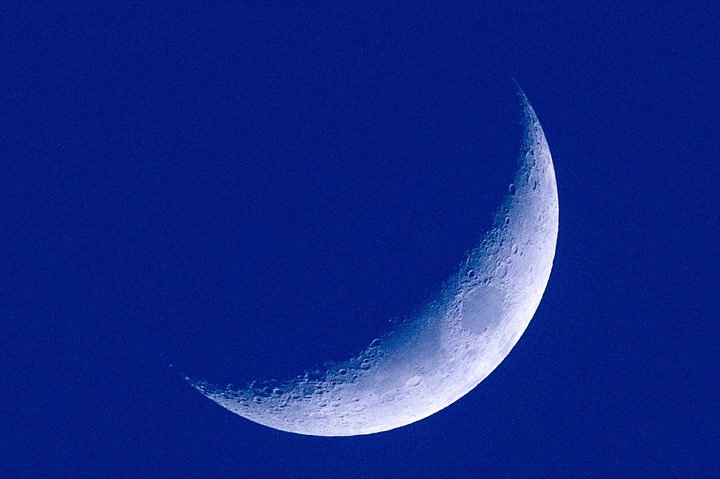 Facebook
Facebook
 X
X
 Instagram
Instagram
 TikTok
TikTok
 Youtube
Youtube

The Time of Sunset Changes Most Rapidly this time of the year. This is mainly because the sun is swinging rapidly south along the ecliptic (its apparent path through the background stars). From the latitude of San Diego, the sun is now setting about 75 seconds earlier every day (equivalent to about 9 minutes earlier per week), and its setting position along the horizon shifts southward about one-half degree per day.

There Are Over One Hundred Moth Species in San Diego County and they are out in great numbers right now. Usually seen at dusk and into the night, some moths are also day-flyers. The White-Lined Sphinx moth(Hyles lineata) is a dedicated pollinator and is also known as the “hummingbird moth” because of its 2-3 inch wingspan and the way it flies from one flower to the next. Not only are moths productive pollinators but they are also a great food source for birds, bats and other small mammals. The largest moths we see in San Diego are the Carolina Sphinx moth (Manduca sexta), which can grow to 4.75 inches, and the Ceanothus Silk Moth (Hyalophora euryalus), which can reach a massive 5 inches. Like many species, the moth’s main mission is to reproduce. Moths typically have life spans of only a week or two, so they begin seeking mates right after they are born. The Green Luna moth(Actias luna) has no digestive system, so their brief lifespan is supported solely by nutrients consumed while in caterpillar form.

Lantern-Like Venus Lies Just To The Right of the crescent moon shortly after sunset on Thursday, September 5. Start looking very low in the western sky at around 6 pm to spot both of them. (Binoculars may be required to see the pale moon.) Any vantage point with a view of the ocean to the west of San Diego will do, as long as coastal clouds don’t interfere.


The Time of Sunset Changes Most Rapidly this time of the year. This is mainly because the sun is swinging rapidly south along the ecliptic (its apparent path through the background stars). From the latitude of San Diego, the sun is now setting about 75 seconds earlier every day (equivalent to about 9 minutes earlier per week), and its setting position along the horizon shifts southward about one-half degree per day.

There Are Over One Hundred Moth Species in San Diego County and they are out in great numbers right now. Usually seen at dusk and into the night, some moths are also day-flyers. The White-Lined Sphinx moth(Hyles lineata) is a dedicated pollinator and is also known as the “hummingbird moth” because of its 2-3 inch wingspan and the way it flies from one flower to the next. Not only are moths productive pollinators but they are also a great food source for birds, bats and other small mammals. The largest moths we see in San Diego are the Carolina Sphinx moth (Manduca sexta), which can grow to 4.75 inches, and the Ceanothus Silk Moth (Hyalophora euryalus), which can reach a massive 5 inches. Like many species, the moth’s main mission is to reproduce. Moths typically have life spans of only a week or two, so they begin seeking mates right after they are born. The Green Luna moth(Actias luna) has no digestive system, so their brief lifespan is supported solely by nutrients consumed while in caterpillar form.

Lantern-Like Venus Lies Just To The Right of the crescent moon shortly after sunset on Thursday, September 5. Start looking very low in the western sky at around 6 pm to spot both of them. (Binoculars may be required to see the pale moon.) Any vantage point with a view of the ocean to the west of San Diego will do, as long as coastal clouds don’t interfere.
Comments